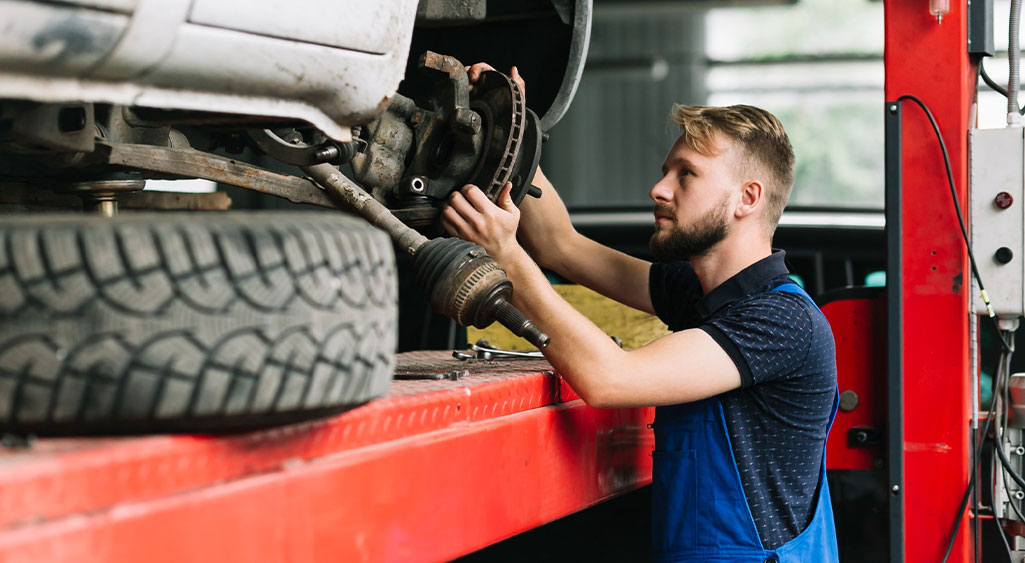
 Request FREE consultation - 1866-758-4529
Request FREE consultation - 1866-758-4529 
Anyone who has ever driven a commercial truck, bus, trailer, or semi-trailer understands that air brakes are often utilized. This is often for a very specific reason, as the nature of an air brake system allows for increased reliability and efficiency. Understanding how 18-wheeler air brakes work can provide insights into their superior performance.
The major advantage is that air is an infinite resource and will never run out; because of this, with a leak, the system is still functional and does not need to be replenished. Additionally, research will also show that air brakes allow multiple vehicles to be coupled. Thus, when all of the units must break, it can also mean that this can be controlled from inside the cab.
Heavy trucks are also notable for using a dual air brake system, which is comprised of two air brake systems combined, yet only has one set of brake controls. This allows for the ability to retain braking, even if one of the systems fails. Additionally, there is the ability to ensure a steady supply of compressed air, which, as mentioned, ensures the braking system remains operational regardless of the circumstances.
All of these measures work to ensure that safety is maintained. As one can imagine, when operating a heavy vehicle, braking can often mean that one is spared from an accident, which not only affects the driver of the heavy vehicle but also other drivers on the roadway as well.
One should also be aware of the three types of brakes:
When driving heavy vehicles, it is crucial to understand how these mechanisms work to ensure all components operate efficiently. When these mechanisms do not work correctly, it can not only cause the braking system to work incorrectly, but could also potentially cause accidents in various degrees of severity. Some of the worst truck accidents in Texas occur when the brakes are out of service or the driver is not paying attention to traffic ahead.
If you or a family member has been injured in a large truck accident, call the Texas truck accident attorney Greg Baumgartner.
Source:
https://www.easternmarine.com/tech-info/how-air-brakes-work
https://www.easternmarine.com/tech-info/how-air-brakes-work